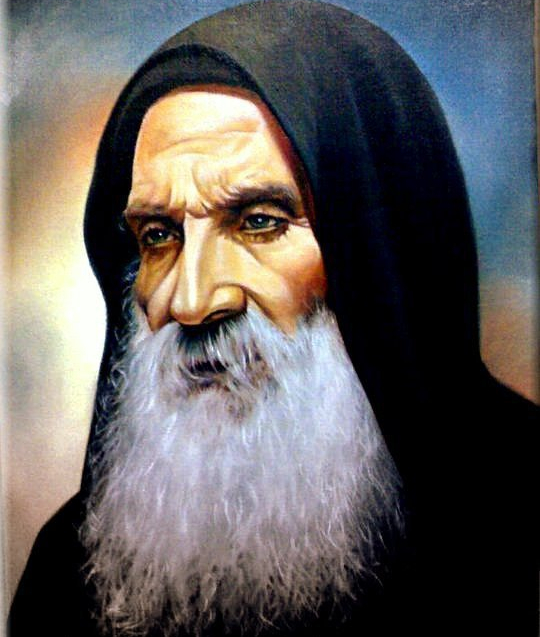By Fr Matthew the Poor (Matta El-Meskeen).
Anyone who reads the Book of Revelation carefully finds before him a detailed heavenly picture of all the different kinds of liturgical rites that accompany the prayers and praises offered in the church every day, along with the eucharistic mystery. He sees white robes, censors, incense, and a burning coal on the altar, golden crowns, candlesticks, an altar and “a lamb as it had been slain,” cherubim, archangels, angels, heavenly powers, twenty-four elders and the hosts of redeemed, general and particular praises and responses and hymns of rejoicing, lyres, prostrations, new names and crowns and consolation in no small measure.
Among the things they say to God in heaven is, “Who shall not fear and gory thy name, O Lord? For thou alone art holy” (Rev. 15:4,) which shows that nature is compelled to glory God at the revelation of his holiness.
When the glory of God is revealed, it is impossible for any of his creatures to stand silent before him. “And I heard every creature in heaven and on earth and under the earth and in the sea, and all therein, saying, ‘To Him who sits upon the throne to the Lamb be blessing and honour and glory and might for ever and ever’” (Rev. 5:13.)
And when the whole creation cries to the glory of God, the four living creatures (who are responsible for the created beings) say, “Amen” (Rev. 5:14.)
Is not this a wonderful heavenly picture of the Church singing praises in all its liturgical services, when the worshippers sing in response to each other, “Holy, holy, holy, Amen Hallelujah?”
And when in olden times the churches went to great lengths to secure the relics of the martyrs in order to build their altars over them, was it not a picture of the heavenly truth which we are now explaining and whose seals we are opening? “I saw under the altar the souls of those who had been slain for the word of God and for the witness they had borne” (Rev. 6:9.)
For just as the heavenly altar is borne upon the souls of the martyrs, so the altar in the church is borne upon the same witness, and the blood of the martyrs is a living part of the liturgy of prayer.
Even the teaching of the Church that there is a true participation with us by the angels and the spirits of the saints in all the liturgical services, prayers and praises, and that they stand around the altar, is clearly borne out by the Book of Revelation, when the glorious sight of the angels serving before the throne side by side with all the souls of the just made perfect was revealed to John (Rev. 5:11.)
So, the church does not follow invented fables! Nor the rules and rites and teachings of men! Nor some forms of Judaism, including the remains of supererogatory acts of worship!
The Book of Revelation stands as an eternal witness to the spirituality of all the principles and types of liturgy and sets an eternal seal on its prayers, its praises, its incense, and its sacrifice.
It declares and bears witness that the traditions of prayer, praise and service given by Christ to the disciples, and the order and system received by the holy apostles under the inspiration of the Holy Spirit, are eternal and not subject to time. They are based not on symbols, but on realities, which we shall continue to live even in the next life, when each of us will take his rightful place around the divine throne and be taught the mystery of angelic praise, so that we may serve the same liturgy, perhaps even in the same words, but in indescribable glory.
So, it is clear that the work of the Church now is to pave the way, through daily services and the offering of the Eucharist, for the revelation of the Kingdom of God. And in these days we carry out mystically our part in the service of God, as a new creation awaiting the revelation of the coming of Christ, not in idle longing nor in ineffective hope, but in prayer and praise every day and every hour.
Source: http://becomeorthodox.org/the-liturgy-of-praise-in-the-book-of-revelation-and-in-the-church-today/
